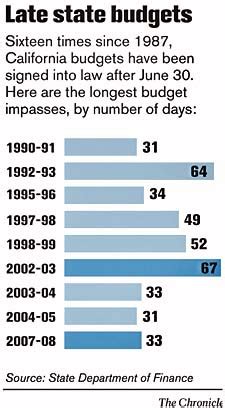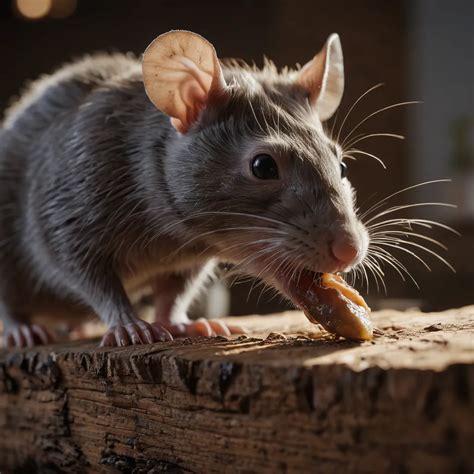The world of culinary television has become increasingly saturated, with what feels like an endless barrage of cooking competitions, chef showcases, and recipe demonstrations. It’s easy to assume that the market has reached its peak, with little room for innovation or creativity. However, beneath the surface of this crowded landscape lies a complex web of trends, influences, and viewer preferences that continue to shape the genre.
One of the primary drivers behind the proliferation of cooking shows is the inherent appeal of food itself. Cooking is an universal language, capable of transcending cultural and linguistic barriers to bring people together in a shared experience. Whether it’s the nostalgic aroma of a homemade meal or the thrill of discovering a new flavor combination, food has the power to evoke strong emotions and create lasting memories. This emotional resonance is expertly tapped into by cooking shows, which often use a combination of stunning visuals, charismatic hosts, and compelling narratives to draw viewers in and keep them engaged.
Despite the ubiquity of cooking shows, there remains a significant amount of diversity within the genre. From the high-stakes competition of shows like “Chopped” and “MasterChef” to the laid-back, tutorial-style approach of “Binging with Babish” and “Tasty,” there’s a cooking show to suit every taste and preference. Some programs focus on showcasing the culinary expertise of renowned chefs, while others prioritize the stories and traditions behind different dishes. This versatility is a key factor in the enduring popularity of cooking shows, as it allows viewers to find and engage with content that aligns with their individual interests and passions.
The rise of social media has also played a significant role in shaping the cooking show landscape. Platforms like Instagram, YouTube, and TikTok have created new opportunities for chefs, food bloggers, and home cooks to share their creations and connect with audiences. This shift has democratized the world of food media, allowing a wider range of voices and perspectives to be heard. As a result, cooking shows are no longer the exclusive domain of professional chefs and television networks – instead, they can be created and shared by anyone with a passion for food and a willingness to experiment.
In addition to their entertainment value, cooking shows also serve as an important platform for culinary education and cultural exchange. By showcasing a wide range of ingredients, cooking techniques, and culinary traditions, these programs can help to promote cross-cultural understanding and appreciation. They can also provide viewers with the skills and confidence to try new recipes and experiment with different flavors and ingredients. This educational aspect of cooking shows is particularly significant, as it has the potential to inspire a new generation of home cooks and professional chefs.
To better understand the impact of cooking shows on culinary culture, let’s examine some statistics:
| Cooking Show Type | Viewership (millions) | Engagement (social media interactions) |
|---|---|---|
| Competition Shows | 10.2 | 2.5 million |
| Tutorial Shows | 5.5 | 1.2 million |
| Travel Shows | 8.1 | 3.1 million |

These numbers demonstrate the significant reach and influence of cooking shows, as well as the diversity of viewer preferences within the genre.
The future of cooking shows is likely to be shaped by a combination of technological advancements, shifting viewer preferences, and the evolving culinary landscape. As streaming services continue to grow in popularity, we can expect to see more cooking shows produced exclusively for online platforms. This shift will create new opportunities for creators to experiment with different formats, styles, and distribution models. At the same time, the rise of virtual and augmented reality technologies is poised to revolutionize the way we interact with food and cooking content, enabling entirely new forms of immersive and interactive culinary experiences.
Creating a Successful Cooking Show
- Develop a unique concept or angle that sets your show apart from existing programs.
- Identify your target audience and tailor your content to their interests and preferences.
- Invest in high-quality production values, including equipment, lighting, and editing.
- Build a strong online presence through social media and other digital channels.
- Engage with your audience and encourage feedback to continuously improve and refine your content.
As we look to the future of cooking shows, it’s clear that the genre will continue to evolve and adapt to changing viewer preferences and technological advancements. Whether you’re a seasoned foodie or just starting to explore the world of culinary television, there’s never been a more exciting time to get involved. With its unique blend of entertainment, education, and cultural exchange, the world of cooking shows is sure to remain a vibrant and captivating destination for audiences around the globe.
What makes a cooking show successful?
+A successful cooking show typically combines engaging hosts, high-quality production values, and a unique concept or angle that sets it apart from other programs. Additionally, building a strong online presence and engaging with audiences through social media and other digital channels can help to foster a loyal fan base and drive long-term success.
How have social media platforms impacted the world of cooking shows?
+Social media platforms have democratized the world of food media, allowing a wider range of voices and perspectives to be heard. They have also created new opportunities for chefs, food bloggers, and home cooks to share their creations and connect with audiences. This shift has helped to promote diversity and innovation within the genre, as well as providing new avenues for discovery and engagement.
What role do cooking shows play in promoting culinary education and cultural exchange?
+Cooking shows serve as an important platform for culinary education and cultural exchange, showcasing a wide range of ingredients, cooking techniques, and culinary traditions from around the world. By promoting cross-cultural understanding and appreciation, these programs can help to break down culinary and cultural barriers, inspiring viewers to try new recipes and experiment with different flavors and ingredients.
In conclusion, the world of cooking shows is a complex and multifaceted landscape, driven by a combination of technological, social, and cultural factors. As the genre continues to evolve and adapt to changing viewer preferences and technological advancements, it’s clear that cooking shows will remain a vibrant and captivating destination for audiences around the globe. Whether you’re a seasoned foodie or just starting to explore the world of culinary television, there’s never been a more exciting time to get involved and discover the rich culinary diversity that these programs have to offer.



